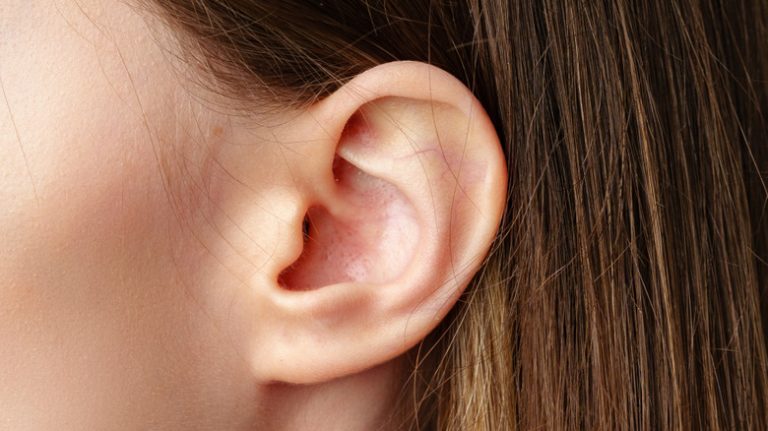
Typically, healthy stool should exhibit a uniform color and be devoid of any irregular stripes, patterns, or spots. According to experts at The Centre for Gastrointestinal Health, a normal bowel movement is brown, smooth (though it may have minor surface cracks), and shaped similar to a sausage link or a curvy snake. So, what should one consider if they observe small, unusual white spots in their stool?
Primarily, these white spots might simply be small food remnants that have traversed the digestive system without being completely processed. Foods such as nuts, quinoa, and fiber-rich vegetables sometimes don’t digest entirely and may appear in stool as tiny white spots, according to the Gastroenterology Diagnostic Center. While these occasional dots are often not a cause for concern, they could indicate an absorption issue, where the body is not obtaining necessary nutrients. In such cases, along with white spots, the stool might appear denser and lighter in color. Individuals with pancreatic insufficiency, liver disease, or intestinal inflammation may face risks of nutrient malabsorption.
You may have undigested medication in your poop

If undigested food isn’t responsible for those white spots, undigested medication might be the culprit, as explained by the Gastroenterology Diagnostic Center. It’s not uncommon for capsule pieces to reappear in the toilet after a bowel movement. Such was the case for a man in his late 60s who observed white spots resembling oval-shaped pearls in his stool daily, according to 2017 research published in Case Reports in Gastrointestinal Medicine. Initially suspected to be a parasitic infection, the structures were later identified as undigested extended-release pills he started taking for high blood pressure. This finding highlights the importance for doctors to be aware of medications whose outer casing might end up in a patient’s stool. If neither undigested food nor medication causes these white spots, a parasitic infection might be the underlying issue.
You may have contracted a parasitic or fungal infection

While white spots from food or medication are generally small, certain parasitic infections might cause larger spots in stool. For instance, white spots as large as a postage stamp could suggest a tapeworm infection, as noted by the Gastroenterology Diagnostic Center. Similar to nutrient malabsorption, tapeworm infections can cause stool to appear white. Additional symptoms may include weakness, nausea, vomiting, bloating, diarrhea, itching, abdominal pain, dehydration, weight loss, and more. Alternatively, a fungal infection such as candida or a yeast infection might also produce white portions in stool.
If you begin to notice white spots in your stool, experts at the Centre for Gastrointestinal Health recommend modifying your diet to determine if food is the cause. If you’re on capsule medications, consult your healthcare provider to possibly alter how you take them. Moreover, seek medical advice if you experience diarrhea, constipation, or abdominal pain along with white spots in your stool.




